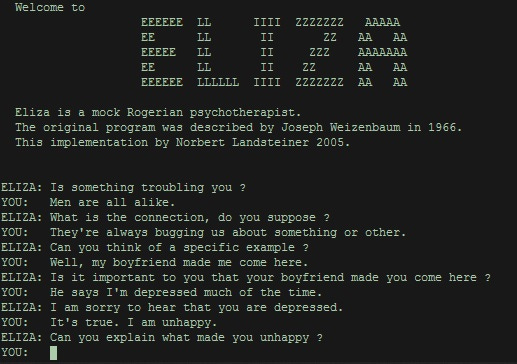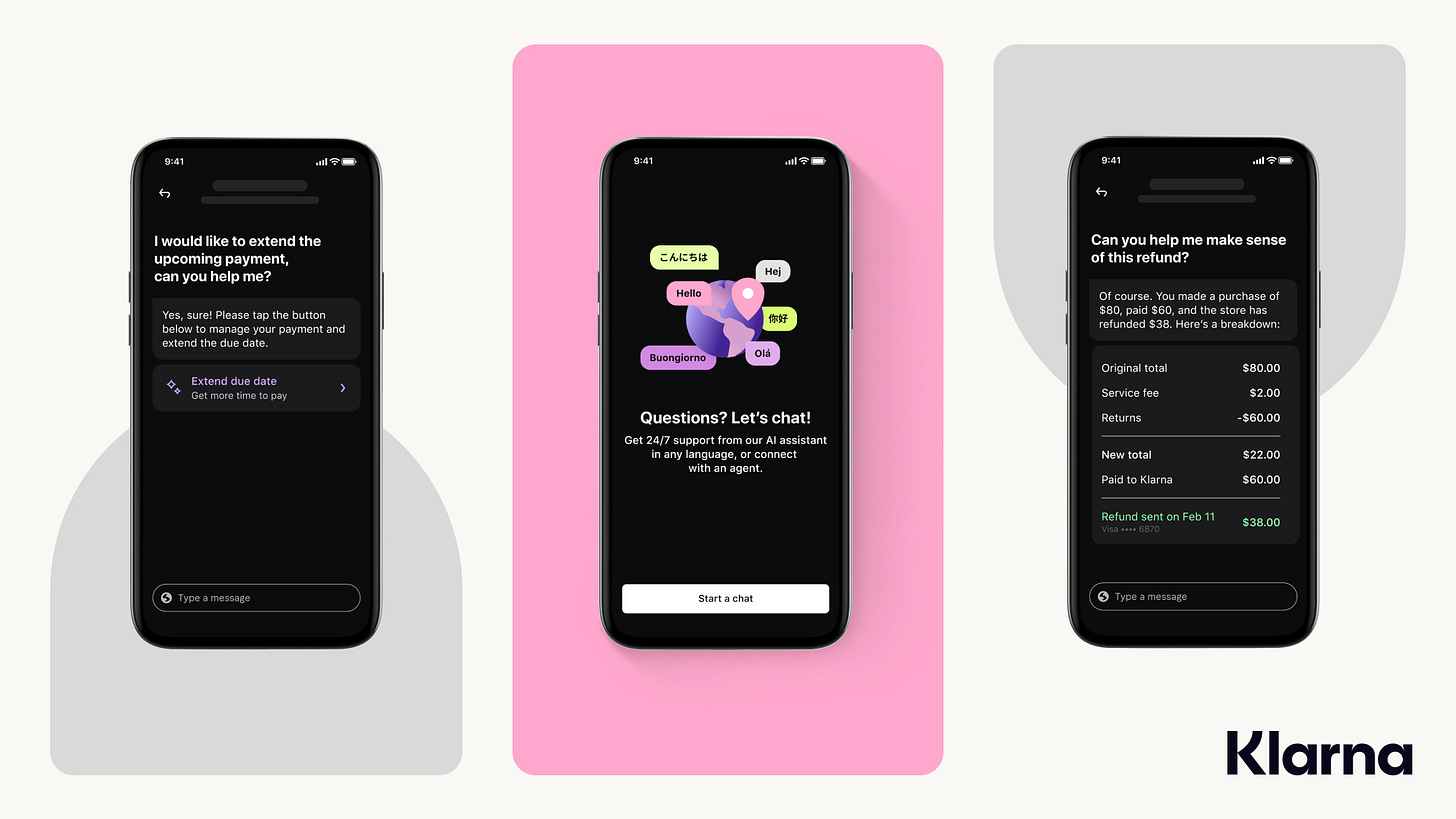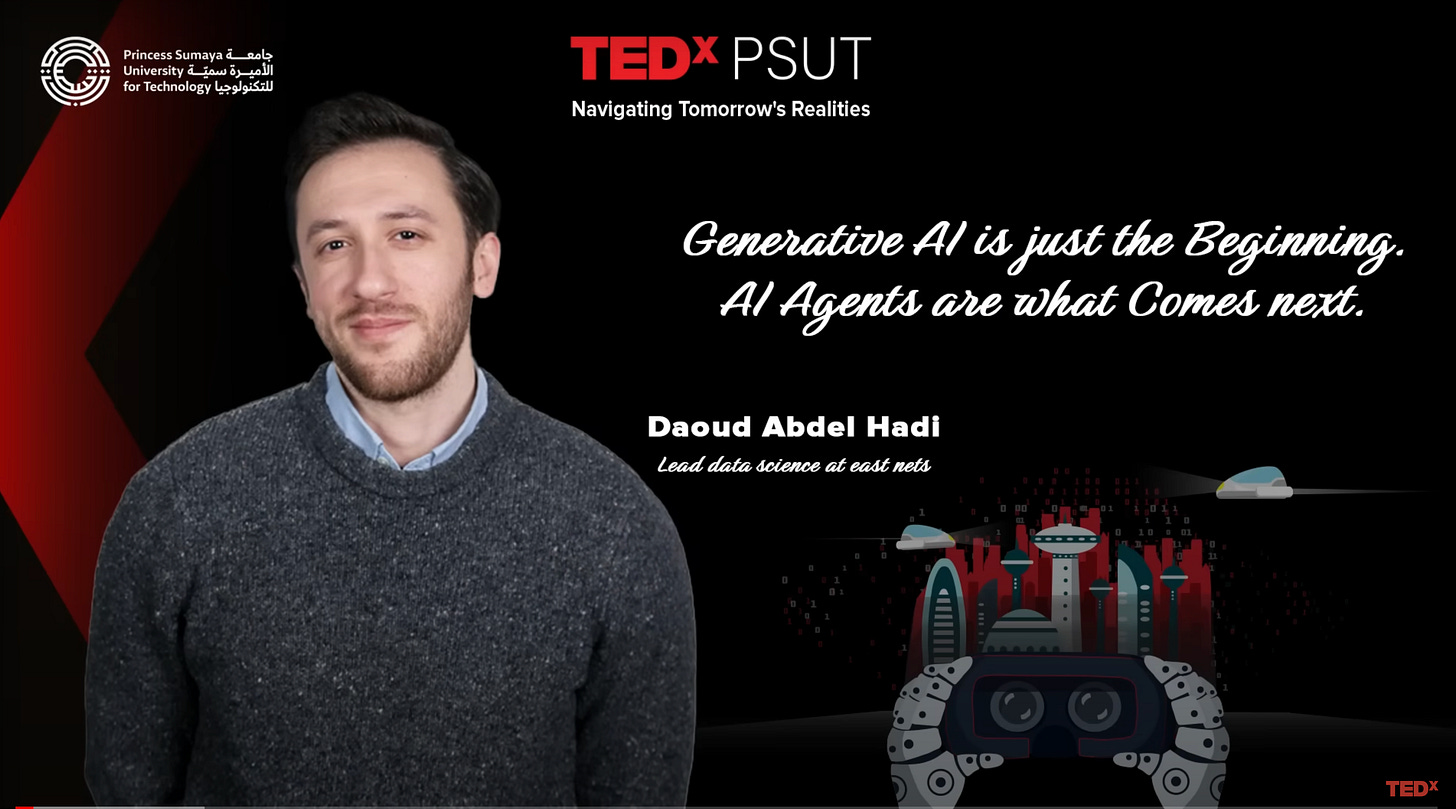E2.1: Beyond 'Her': How AI Agents Get Things Done, No Romance Required
What are these Agents, where do they come from, who are the key players, and how might they impact our lives?
A snippet from the movie Her (2013), a science-fiction romantic drama film, where Theodore develops a relationship with Samantha, an AI virtual assistent, designed to meet him in every need.
Imagine a future where you're brainstorming for a new project at work, and you say, "Generate a project plan based on the latest trends in renewable energy technologies." Instantly, an AI Agent scours the internet, reviews the most recent academic papers, synthesizes market reports, and compiles a comprehensive plan complete with potential challenges, innovators in the field, and a timeline for development. This isn't a simple task automation; it's an AI Agent performing, arguably, creative thinking and strategic planning—a capability we're just starting to scratch the service of.
Understanding AI Agents: The Basics
In the simplest terms, an AI Agent is a piece of software designed to perform tasks, some as simple as sending an email on your command, others as complex as navigating a car through city traffic. These Agents are a bit like invisible helpers, living in our smartphones, cars, home appliances, and even on websites, making decisions, and taking actions to assist us in our daily lives.
Unlike zeroshotting an LLM (prompting a model like GPT to generate final output without revising its work), an Agent can autonomously iterate over a series of tasks. It can learn from data, make decisions, validate those decisions and go back to an earlier stage based upon new information it got from experience.
Think about how you write a document like an essay. You make an outline, do research, write a draft, evaluate the draft, revise the draft, and repeat this process until you’re satisfied. This is how Agent workflows can work as well.
Yet these Agents didn’t come out of nowhere. Let’s move on to explore their development history and how they've gradually become more integrated into our (digital) lives.
The Evolution of AI Agents
AI Agents have come a long way from their inception, evolving through stages of development that reflect broader shifts in the field of AI. The journey from simple automated systems to the complex, autonomous Agents we see today is a testament to decades of research and technological advancement.
ELIZA, an early natural language processing (NLP) computer program (mid-1960s)
The early days of Agent evolution were marked by rule-based systems, where Agents operated under a set of predefined rules. These were straightforward but limited in scope, as their ability to handle tasks was strictly bound by the instructions programmed into them. For example, ELIZA, an early NLP computer program created in the mid-1960s, could simulate conversation but lacked any genuine understanding or ability to learn.
The introduction of machine learning algorithms in the latter part of the 20th century marked a significant leap forward. Agents began to learn from data, improving their performance over time without being explicitly programmed for every possible scenario. This shift from rule-based to learning-based Agents enabled more flexible and adaptive applications, from recommendation systems like those used by Netflix to the more sophisticated virtual assistants we interact with today.
In recent years, the emergence of neural networks and deep learning has further accelerated the capabilities of Agents. These technologies allow them to process and interpret vast amounts of unstructured data, leading to unprecedented levels of understanding and autonomy. Agents can now recognize speech, interpret complex patterns, and make decisions with a degree of nuance that closely mirrors, and often surpasses, human cognition (and latency, which enables real-time inference. See Groq).
As we look at the evolution of AI Agents, it's clear that their development parallels key advancements in AI itself, with each stage bringing us closer to creating Agents that can seamlessly integrate into our lives, providing assistance, and making decisions with a high level of sophistication. Let’s take a look at the industry nowadays.
Current Landscape and Key Players
The autonomous AI and autonomous agents market, currently valued at approximately USD 4.2 billion, is forecasted to soar to USD 88.1 billion by 2032, thanks to advancements in AI itself.
Important to understand is that an Agent uses an LLM as its ‘brain’. Therefore, the companies that have there own LLM are likely to be in the center of the Agent industry as well.
Below a couple of these companies and their flagship models:
Nevertheless, there are plenty of decent Open Source ‘brains’ that can be used by third parties to build custom solutions on top of them. On top of this, due to the open source nature, newcomers can join the space with relative ease by forking such an open source model and start developing it based upon their specific preferences.
Below a couple of companies which opened up their code for the public:
Narrowing down to Agents, interesting projects are popping up from different companies from all sorts of sizes. While there is Microsoft’s AutoGen as framework for multi-agent conversations, start- and scaleups are entering the space rapidly. At website Easy With AI, there is a nice overview of Agents, both close and open sourced. A standout example of innovation in this space is Devin, an AI software engineer that exemplifies the complex decision-making and learning capabilities of modern AI agents (if Cognition can move the demo qualities to production).
Some other cool examples I came across:
Relevance AI: Workforce Automation. I recommend the following tutorial where an entire team of Agents is working on creating the morning news for a company. No interns necessary anymore :)
Hyper Write: from a writing assistent to a full PA. Booking flights, ordering a pizza, and many more possibilities.
Crew AI: Open source framework for orchestrating role-playing, autonomous AI agents. In the next edition, we are going to use Crew AI to build an Agent Workflow ourselves.
One of the best business cases I’ve seen so far is the AI Assistant of Klarna (a shop now pay later fintech). Powered by OpenAI, this Assistent has had 2.3 million conversations (two-thirds of Klarna’s customer service chats), doing the work of 700 full-time human agents, and is on par with human agents in regard to customer satisfaction score. It is estimated that this Agent alone adds a 40 million USD profit to Klarna in 2024. Well done on you Sebastian and team!
Potential and Pitfalls
I had the chance to chat with Daoud Abdel Hadi about his Ted Talk on AI Agents. Daoud is the Data Science lead at Eastnets, a payment solutions company for the financial services sector. At Eastnets, he is exploring the options to use Agents to create co-pilots that can help investigators investigate fraud and other financial crimes. In addition, he is the co-founder of an AI automation platform. He is using all sorts of things like retrieving information from documents, to researching competitors, to writing content.
We both hold the position that Agents have the potential to revolutionize how we interact with technology, automate repeating tasks, and analyze complex data sets with unprecedented speed and accuracy. By acting as personal assistants, data analysts, and decision-makers, they can significantly enhance productivity, provide personalized experiences, and open new avenues for innovation across industries.
But as much as AI Agents can represent a leap forward in technology, they also bring up important questions. How do they make decisions? What ensures they act in our best interest? And what does their presence mean for the future of work, privacy, and ethical considerations in technology?
“Let every eye negotiate for itself and trust no agent.”
William Shakespeare
With Shakespeares quote, he highlights the importance of personal judgement and skepticism towards intermediaries. This applies to outsourcing tasks to AI Agents as well. It’s important to start formulating answers to the aforementioned questions early on to prepare ourselves for the next generation of models to come. Similar to AI, there are significant ethical challenges, particularly concerning privacy, bias, and discrimination:
Privacy Concerns: AI Agents' reliance on vast data pools raises questions about the security and protection of personal information. Issues like data misuse, surveillance, and unauthorized information sharing highlight the need for robust privacy protections.
Bias and Discrimination: The risk of perpetuating existing societal biases through AI Agents is a pressing concern. Algorithms may display racial, gender, socioeconomic, and cultural biases, leading to unfair treatment of certain groups. These biases can affect everything from facial recognition technology to hiring processes and loan approvals, potentially reinforcing societal inequalities.
To mitigate these concerns, transparency in data collection, rigorous bias detection and mitigation, the development of ethical guidelines and regulations, and public awareness are crucial. Transparent data practices, diverse training datasets, and public education can help ensure AI Agents contribute positively to society without compromising ethical standards.
E2.2: Create your own Agent Workflow
As we've explored the evolving world of AI Agents, we've uncovered both the incredible potential and the significant challenges they present. Yet the single most important thing is that we should familiarize ourselves with the techniques and do the actual building. Therefore, in the next edition, we are going to create a project with true impact straight away. Using Crew AI, we are going to build an Agent Workflow that does research into a particular niche, writes a blog, summarizes the blog, and finally posts its findings on X on a daily basis. I’m pretty excited, I hope you as well. Thanks for reading, and I hope to see you back in two weeks.
Thanks!
Michiel







